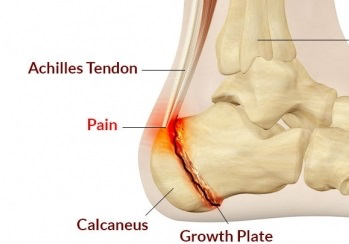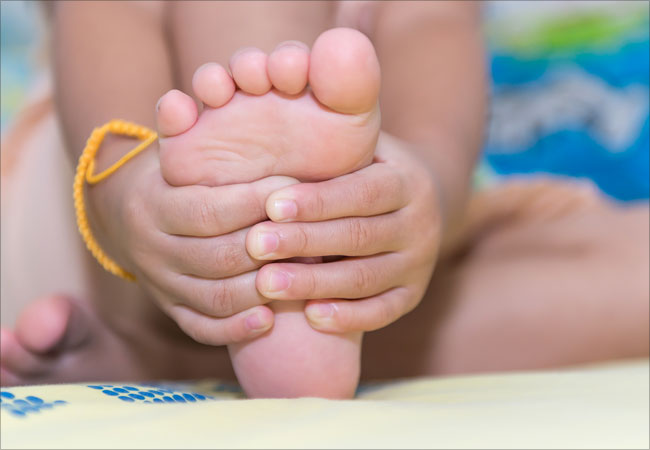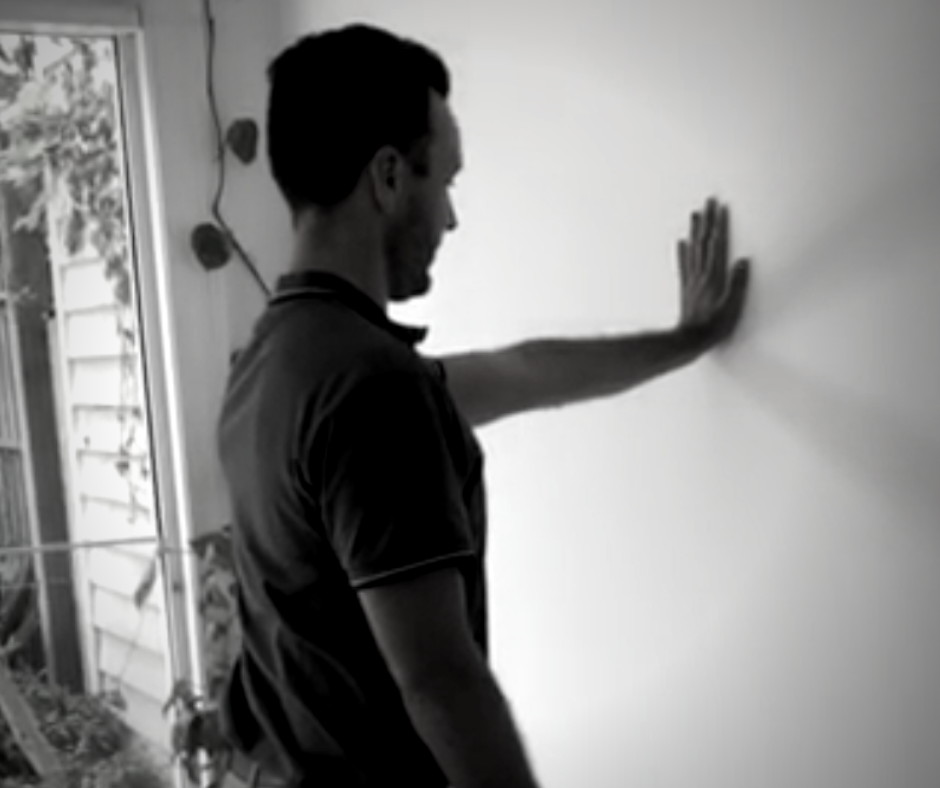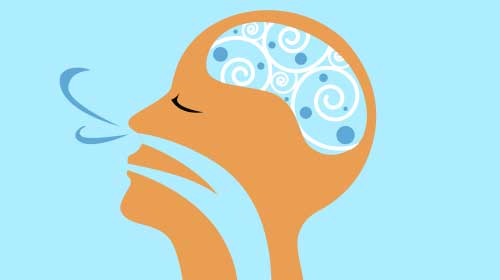Sever’s Disease
Sever’s Disease is best known as heel pain. With training for winter sports just starting and the summer season coming to a close, this crossover of increased activity has left a lot of kids complaining of a few aches and pains – and heel pain is a very common ailment, a silent Assassin!
Calcaneal apophysitis (most commonly known as sever’s disease), is the inflammation of the growth plate found at the heel bone, usually in children between 10 and 15 years old.
This area can get easily inflamed by repetitive stress or impact on the particular area. It can also be affected by sudden growth spurt or weight gain. More often than not, this pain comes on at the start of the activity – running or jumping for example – before calming down as the body warms up. It may also return when the child has finished training and cooled down at home.
You might even notice that your child develops a slight limp after activity or first thing in the morning and prefers more cushioned footwear rather than walking barefoot.
The heel bone is a minefield of attachments for many tendons and ligaments from the shin (tibia and fibula) and foot, as well as the Achilles tendon which is also the thickest in the human body. Any action involving the foot and leg will require the use of these tendons and ligaments. Usually, the body is fantastic at adapting to the needs of a new environment or activity and can withstand amazing loads and forces transmitted along the biomechanical chain. However, when these bones and tendons are still developing, a sudden increase in activity can cause excessive traction in a short space of time. As a result, the body will respond with temporary pain and inflammation to limit any potential future damage.
So, what can we do?
Diagnosis
Firstly, correct diagnosis is key and Sever’s Disease is quite easy to assess in the clinic, rarely needing any further imaging. Once we know what we are dealing with, the Osteos and Physios at Williamstown Health + Lifestyle like to approach the problem from two angles; firstly, reducing the painful symptoms at the source, and secondly, reducing the aggravating factors that have caused the inflammation.
Symptom Reduction
Your Osteo and Physio will start with a full biomechanical assessment. This may look at your child’s hips, knees and ankles, as well as their walking and movement. Based on these findings we can work to relieve the sore spots, retrain the movement patterns and strengthen the kinetic chain connecting to the heel. By looking at the pain holistically, it provides the best chance of symptom relief and reduces the chance of flare ups.
Load Management
Secondly to this, your Osteo and Physio will also discuss load management with you. This involves identifying the activity(ies) that cause sever pain, those that cause mild pain and those that don’t cause any pain at all. We categorise as in Red, Amber and Green.
- Red activities eg. jumping if immediately painful or severe pain afterwards, are to be avoided in the first 2 weeks of treatment. This is to allow the treatment to take effect without continually inflaming the area.
- Amber activities eg. running if mildly sore during but eases fairly quickly, are also to be reduced by 50% in the first 2 weeks. This may mean in stopping halfway through training, or limiting running around before or after school.
- Green activities can be continued as these do not cause pain and mean your child can still stay active. This may include cycling or swimming.
Over the initial couple of weeks of treatment and load management, we would expect to see a good improvement in your child’s heel pain. This means we can reintroduce those restricted activities and begin the return to sport process. Unfortunately a delayed diagnosis of sever’s disease can often result in a longer time off sport, so the key is early detection and management, and not to let the pain develop.
At Williamstown Health + Lifestyle, we pride ourselves on combining acute treatment and movement-based therapy for long term, pain-free management.
Come and chat to someone who will answer the questions you have, and get you back to doing the things you love. You can book an appointment online here.
Download our summary FACT SHEET SEVERS DISEASE




